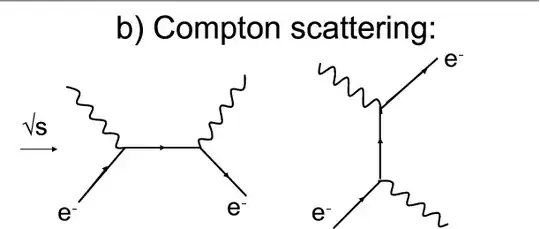There are basically three types of interactions between the mirror's atoms and the photon possible:
elastic scattering, the photon keeps its energy and phase and changes angle
inelastic scattering, the photon gives part of its energy to the atom/molecule and changes angle
absorption, the photon gives all its energy to the atom/electron and ceases to exist
In your case, for solar sails, all three happens. It is just the ratio of these that is different. Most photons get elastically scattered, few get inelastically scattered, and very few absorbed.
Many people believe that spacecraft using solar sails are pushed by the Solar winds just as sailboats and sailing ships are pushed by the winds across the waters on Earth.[13] But Solar radiation exerts a pressure on the sail due to reflection and a small fraction that is absorbed.
https://en.wikipedia.org/wiki/Solar_sail
The momentum of the photon is a vector, and its energy is a scalar. But the two are connected, the magnitude of the momentum vector and the amount of energy. When the photon gets elastically scattered from the mirror, its momentum vector changes. This is then transferred to the mirror.

In the case of mirror reflection, you are correct, the photons are able to transfer part of their momenta to the mirror and thus give momentum to the mirror (move the mirror).
each photon loses a very small amount of energy when it reflects from a perfect reflector that can move. The reflected photons will have slightly longer wavelengths than their incident counterparts.
Do photons lose energy after radiation pressure is applied to a perfect reflector?
So basically, elastic scattering, inelastic scattering, and even absorption can give the atoms/molecules in the mirror a recoil. Yes, even absorption gives the atom/molecule a recoil. It is very important to understand that the in the case of absorption the energy and momentum of the photon gets transferred in part to the energy of the electron, and in part to the kinetic energy of the whole atom/molecule.
The transfer of momentum gets included properly when one incorporates the motion centre-of-mass R of the atom as a dynamical variable.
In a quantized-field picture, the first, positive-frequency term becomes an annihilation operator which subtracts one photon from the field and adds ℏk momentum to the centre-of-mass motion, and the second term becomes a creation operator which emits one photon while eliminating ℏk momentum from the atom's motion.
How does one account for the momentum of an absorbed photon?
OK, but why do we need the solar sail to be shiny then? Because radiation pressure in the case of solar sails is dominated by elastic scattering. This is how most of the momentum is transferred, and only a little of the momentum is transferred through inelastic scattering and absorption.
Now it is very important to understand that solar sails do work, because mirrors, made of shiny metals, have a very specific ability. The surface atoms/molecules in the mirror have available energy gaps that do not correspond to certain wavelength photons' energies. That is, only certain wavelength photons can get absorbed.
In terms of energy, sunlight at Earth's surface is around 52 to 55 percent infrared (above 700 nm), 42 to 43 percent visible (400 to 700 nm), and 3 to 5 percent ultraviolet (below 400 nm).[6]
https://en.wikipedia.org/wiki/Sunlight
In your question, it is very important to understand that solar sails, and mirrors have this specific ability in the emission spectra of the sun, infrared, visible and UV range for example. The mirror reflects (elastically scatters) these wavelength photons, and does not (or does only with very little probability) inelastically scatter or absorb them.
You are asking is it possible to transfer all the momentum of a photon through multiple reflection. The answer is that the final interaction of the photon will be a absorption always, and that is when the total (that is left over) energy and momentum of the photon will be transferred to the atom/molecule. During the reflections, only part of the photon's momentum is transferred, but as long as the photon exists, it will always have some momentum left. Only absorption can make the photon cease to exist, that is when all its momentum gets transferred.

